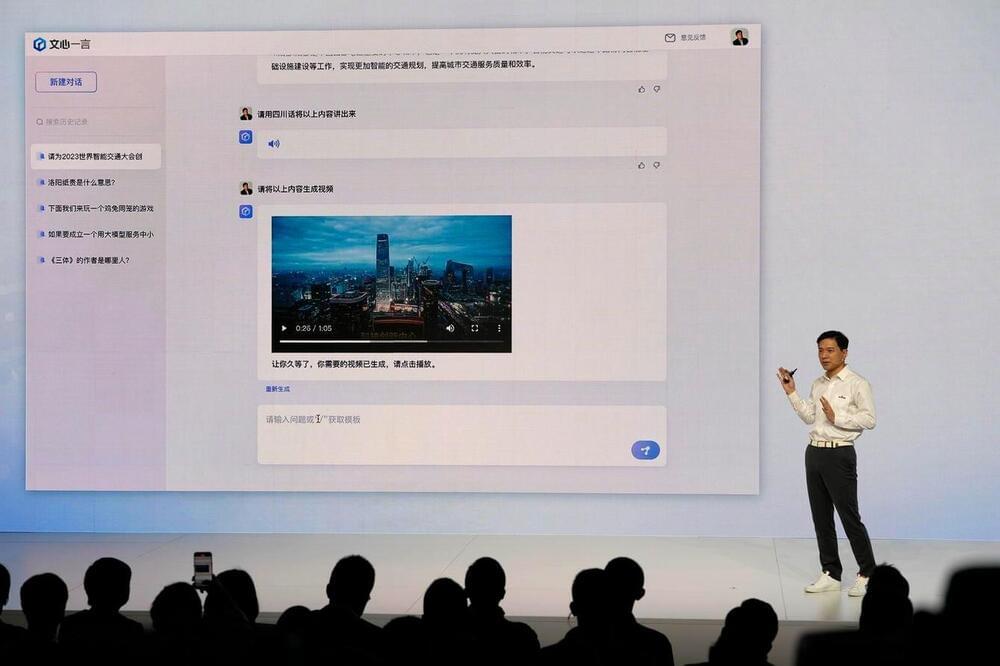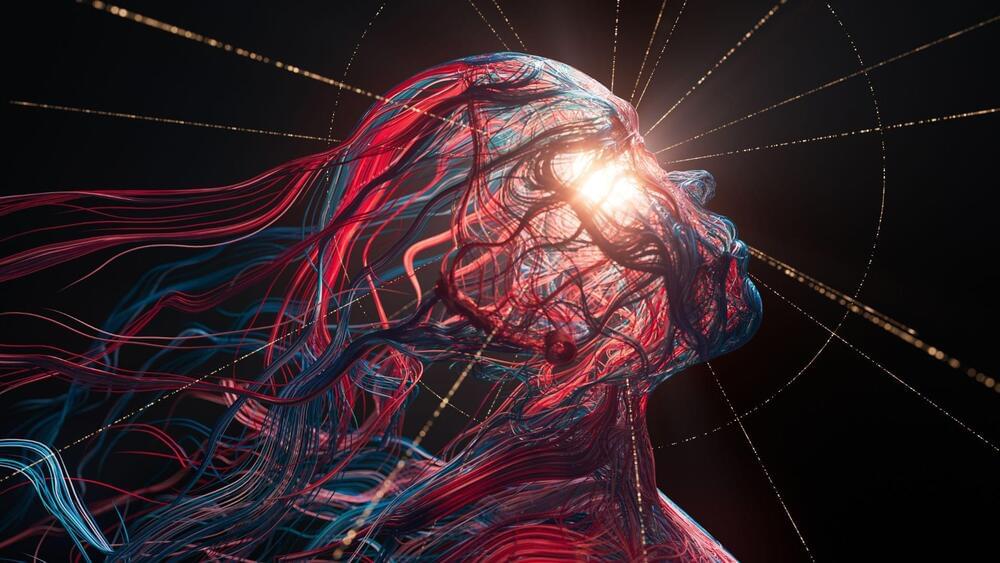It’s a very modern conjurer’s trick: Create a SXSW talk out of thin air, with the help of generative AI. That’s what whurley did this year in Austin. It took nine weeks for whurley — a staple of the Austin tech scene — to create and prepare for a keynote at SXSW 2018, where he would debut Strangeworks, a quantum computing startup he co-founded and runs. Five years later, generative AI would complete the task in just a few hours.
And it was actually pretty good. The 45-minute speech was comprehensive, interesting and struck a whurley-like tone. There was one swear word (fuck) and a few jokes (including two lawyer ones) that the audience laughed at.






